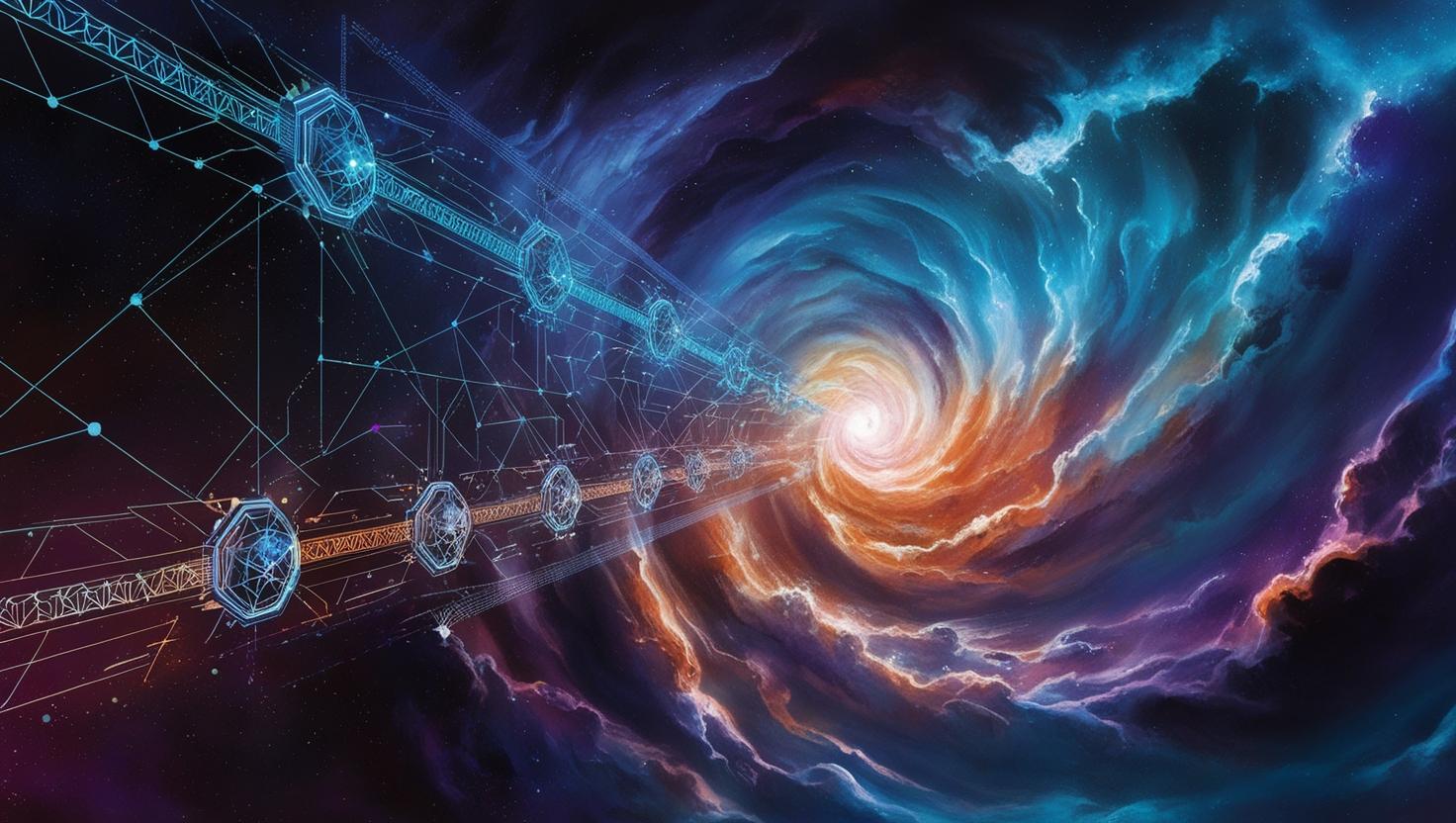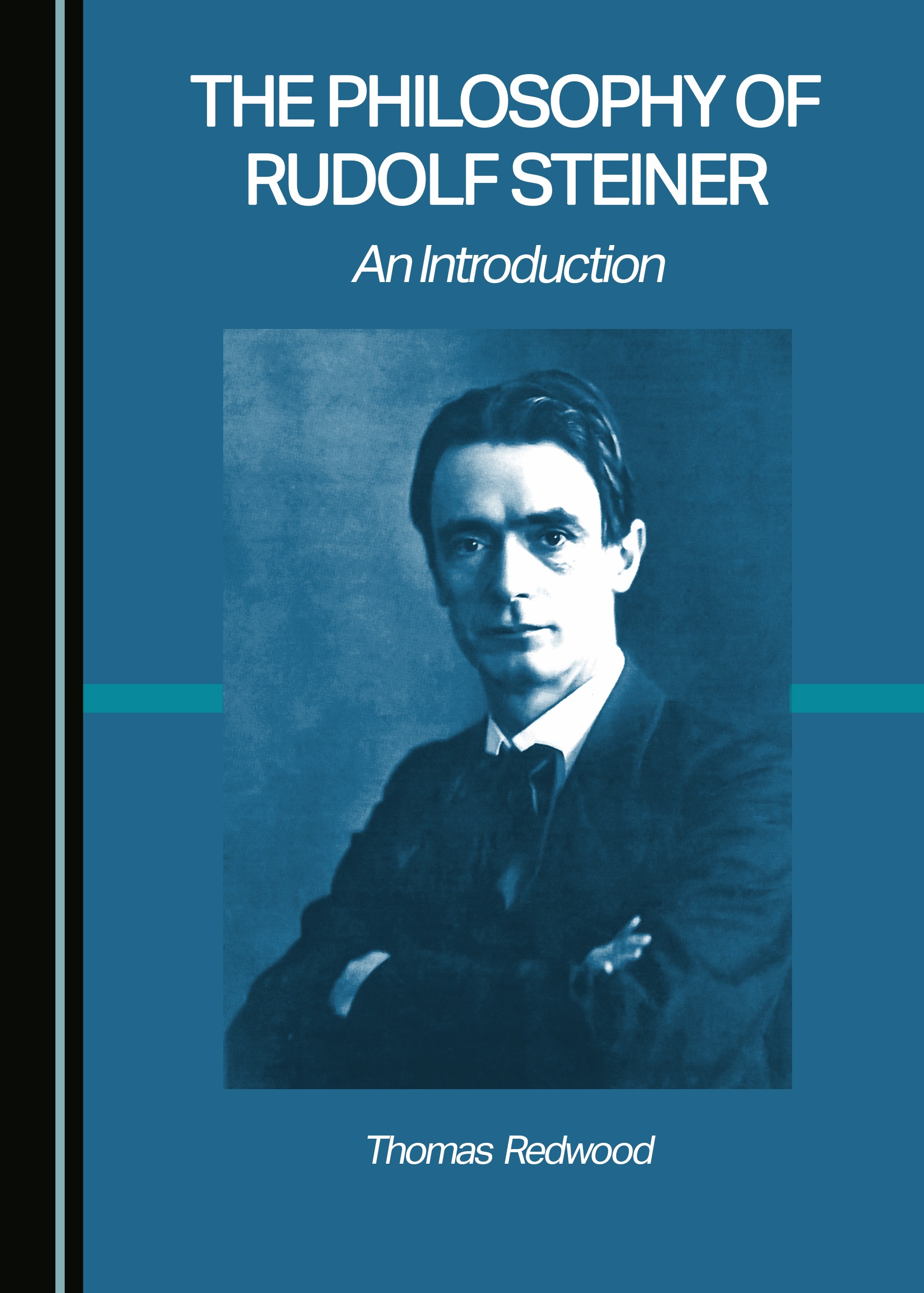Hidden Codes in the Fabric of the Universe Have you ever had the impression that the cosmos is concealing something significant beneath the surface? Discover the secret rules and patterns that control everything, from the tiniest quantum atom to the enormous cosmic web of galaxies, by embarking on a journey with The Matrix of Existence. This book offers a fascinating investigation of the riddles that shape our world by bridging the frontiers of philosophy, metaphysics, and physics. Fundamental questions are at the center of The Matrix of Existence: What is reality’s actual nature? Do we inhabit an elaborately designed simulation or a vast cosmic hologram? In what ways does quantum mechanics demonstrate how everything is interrelated? Through these investigations, the book reveals the ways in which contemporary scientific discoveries and ancient knowledge coincide, establishing links between the most recent findings in the universe’s structure and humanity’s long-standing search for meaning. Each chapter is an interesting mix of fact, theory, and speculation. For example, the simulation hypothesis says that our reality might be the work of a super-smart intelligence, and the holographic principle says that our three-dimensional world might be stored on a flat surface. The book also talks about the philosophical and spiritual implications of these ideas, which make readers think about their place in the world and what it means to be aware. The Matrix of Existence is written in an approachable and captivating manner that explains difficult scientific concepts to inquisitive minds while retaining the depth required to captivate seasoned intellectuals. For everyone who has ever pondered what the stars all symbolize, this book serves as a guide. Be ready for your perceptions to be shattered and rebuilt as you turn these pages. You’ll set off on a voyage that goes beyond space and time to reveal the countless possibilities that lie within both the universe and yourself. Greetings from The Matrix of Existence, a book that challenges you to think critically, investigate, and awaken. Main Themes: The Holographic Principle: This principle, grounded in black hole physics, proposes that our 3D reality could be a projection of information encoded on a distant 2D surface. The Simulation Hypothesis: This hypothesis suggests we might be living in a sophisticated computer simulation, potentially created by a more advanced intelligence. Quantum Mysteries: The book delves into quantum phenomena like entanglement and the double-slit experiment, highlighting their potential to support the holographic and simulation theories. Consciousness and Existence: The exploration extends to the nature of consciousness, questioning whether it’s fundamental to the universe or a product of simulation, and its role in shaping reality. Implications for Humanity: The book grapples with the philosophical and existential implications of these theories, including free will, purpose, and the future of humanity in a potentially simulated reality. Key Ideas and Facts: 1. Black Holes as Holographic Keys: The book uses black holes as a starting point. It explains how information falling into a black hole isn’t destroyed but encoded on its 2D surface, the event horizon. It introduces the “fuzzball theory,” proposing that black holes are dense balls of strings that preserve information, and contrasts it with the “firewall theory” which suggests information is destroyed at the event horizon. This information paradox and the study of black holes offer a theoretical basis for the holographic principle. Quote: “Imagine a black hole as a giant DVD. When an object gets ‘pulled in,’ the information about that object doesn’t vanish. Instead, it gets encoded on the black hole’s surface, called the event horizon.” 2. The Simulation Argument: The book presents Nick Bostrom’s simulation argument, which argues that if advanced civilizations can create realistic simulations, there’s a high probability we’re living in one. It explores the possibility of the simulation being optimized, like procedural generation in video games, to efficiently render only what is observed. Quote: “What if the simulation is optimized, like procedural generation in games? The universe could ‘render’ only what’s observed, saving resources. It’s not proof, but it’s consistent with the hypothesis.” 3. Quantum Weirdness and Reality: Quantum entanglement, where interconnected particles influence each other instantaneously regardless of distance, is discussed as potential evidence for the interconnectedness of a holographic or simulated universe. The double-slit experiment, demonstrating wave-particle duality and the observer effect, is presented as evidence that consciousness might play a role in shaping reality. 4. Spiritual and Philosophical Connections: The book connects these scientific concepts to Eastern philosophies like Hinduism and Buddhism, pointing out similarities between the simulation hypothesis and concepts like Maya (illusion) and Anatta (no-self). It discusses Gnosticism and its idea of a flawed material world created by a demiurge, which aligns with the simulation argument. 5. Implications for the Future: The book raises critical questions about free will and determinism if we live in a simulation. It also explores the potential for AI to create increasingly sophisticated simulated universes and the ethical considerations of such advancements. Quote: “If we’re part of a program, then our ability to create might make us participants in shaping the simulation itself.” Overall: “The Matrix of Existence” offers a thought-provoking exploration of the holographic and simulated universe hypotheses, weaving together scientific theories, philosophical discussions, and even spiritual perspectives. It challenges readers to question the nature of reality and our place within it, ultimately encouraging us to embrace the mysteries of existence and continue exploring the boundaries of knowledge.
Aristotle on the Mystery Drama: Rudolf Steiner’s Insights
Rudolf Steiner’s Insights: Drama and Spiritual Transformation In “Aristotle on the Mystery Drama,” philosopher and educator Rudolf Steiner weaves an intricate narrative that bridges Aristotle’s foundational theories of drama with the transformative essence of mystery plays. Steiner’s exploration deepens our appreciation for drama as an artistic medium and reveals its profound capacity to illuminate the psychological and spiritual dimensions of human existence. His analysis underscores how Aristotle’s principles remain a cornerstone for understanding the broader purpose of theater and its potential to guide audiences on meaningful journeys of self-discovery and transcendence. Aristotle’s Enduring Views on Drama and Poetics Aristotle, revered as one of the most influential philosophers in Western thought, laid the groundwork for dramatic theory through his seminal work, Poetics. In this text, Aristotle dissects the essence of tragedy, introducing concepts such as mimesis (imitation of life) and catharsis, a term that encapsulates the emotional purging audiences experience through art. This cathartic process, Aristotle posits, enables viewers to confront and cleanse their deepest fears, anxieties, and desires, ultimately facilitating a profound psychological and emotional transformation. Steiner draws upon these Aristotelian insights, aligning them with the core principles of mystery dramas. Both Aristotle and Steiner recognize the theater’s ability to delve into the human psyche, albeit through different lenses. For Aristotle, the focus is on universal truths reflected in human actions and emotions. For Steiner, it is on the deeper, often hidden spiritual forces shaping human life. Read more about Aristotle’s Poetics here The Concept of Mystery Plays: Beyond Conventional Theater Steiner makes a compelling case for the uniqueness of mystery dramas, setting them apart from traditional theatrical productions. While conventional theater often prioritizes plot, character development, and audience engagement at a surface level, mystery plays delve into existential and cosmic themes. These performances serve as a portal, transporting audiences beyond mundane realities to engage with profound questions about existence, divinity, and the interconnectedness of all life. Mystery plays have their roots in religious practices and began in the Middle Ages. They were often based on biblical stories or moral allegories. Steiner builds on this idea by saying that mystery theater is a type of writing that can help people change and spiritually awaken as a group. Through their symbolic narratives and archetypal characters, these plays invite audiences to embark on inner journeys mirroring those portrayed on stage. Psychological Exploration in Drama: Art as a Mirror of the Soul A key theme in Steiner’s essay is the psychological depth embedded within mystery dramas. According to Steiner, these plays act as catalysts for self-reflection and personal growth, guiding viewers to confront their own inner conflicts, fears, and aspirations. This idea resonates with modern psychological theories, which suggest that art can function as a mirror, helping individuals explore and understand their subconscious minds. Steiner says that mystery plays do this by showing characters and situations similar to problems that all people face, like the conflict between good and evil, the search for redemption, and the search for meaning. People aren’t just passively pulled into these stories; they become active participants in the process of change, relating to the characters’ journeys and using what they learn to improve their own lives. The Spiritual Dimensions of Mystery Drama For Steiner, the spiritual impact of mystery plays is perhaps their most defining feature. Unlike traditional dramas, which may entertain or provoke thought, mystery dramas aim to elevate the audience’s consciousness. They explore themes such as suffering, redemption, and transcendence, encouraging viewers to reflect on their spiritual journeys and their connections to the cosmos. These plays challenge audiences to move beyond the confines of material existence and consider the mystical forces shaping their lives. Steiner highlights how this spiritual inquiry, often absent in conventional theater, imbues mystery dramas with a timeless relevance. Engaging with these works, individuals can gain insight into their roles within the grand tapestry of existence, fostering a sense of unity with the universe. Learn about mystery plays and their significance here Art and Spirituality Intersection When art and spirituality come together, they create a deep sense of transcendence that lifts our minds above the every day and connects us to something bigger. Three main things make this intersection unique: Provoking Thought and Reflection: Art has the power to challenge perspectives, question beliefs, and inspire introspection. By engaging with art, individuals are encouraged to reflect on their own thoughts, emotions, and experiences, fostering a deeper understanding of themselves and their place in the world. Symbolism and Metaphor: Artists often employ symbolism and metaphor to convey profound spiritual truths, transcending linguistic and cultural boundaries. This allows art to speak directly to the human experience, tapping into universal emotions and desires, and facilitating a sense of connection to something greater. Ethereal Experience: Transcendent art transports viewers to an otherworldly realm, evoking feelings of awe, wonder, and connection to the cosmos. This experience is not limited to traditional religious or spiritual art forms; it can be found in various artistic expressions, from poetry to sculpture, music to architecture. Examples and Insights Kindred Souls, a desert landscape painting, invites viewers to interpret their surroundings in a new and spiritual way, transcending the ordinary. The works of Thomas Merton, a monk and poet, demonstrate the intersection of spirituality and art, as he saw beauty and spirituality in everyday life and artistic expressions. The art of Claude Monet’s Impressionism movement and Raphael’s The School of Athens illustrate how artistic endeavors can speak a multi-dimensional language, pushing the boundaries of ordinary thought and demanding deeper contemplation. Key Takeaways Art can foster transcendence by provoking thought, employing symbolism and metaphor, and evoking an ethereal experience. The intersection of art and spirituality is not limited to traditional religious or spiritual art forms; it can be found in various artistic expressions. By engaging with art that speaks to the human experience, individuals can connect with something greater, experiencing a sense of unity and oneness with the world. Explore the relationship between spirituality and art here Conclusion: Theater as a Gateway to Transformation

